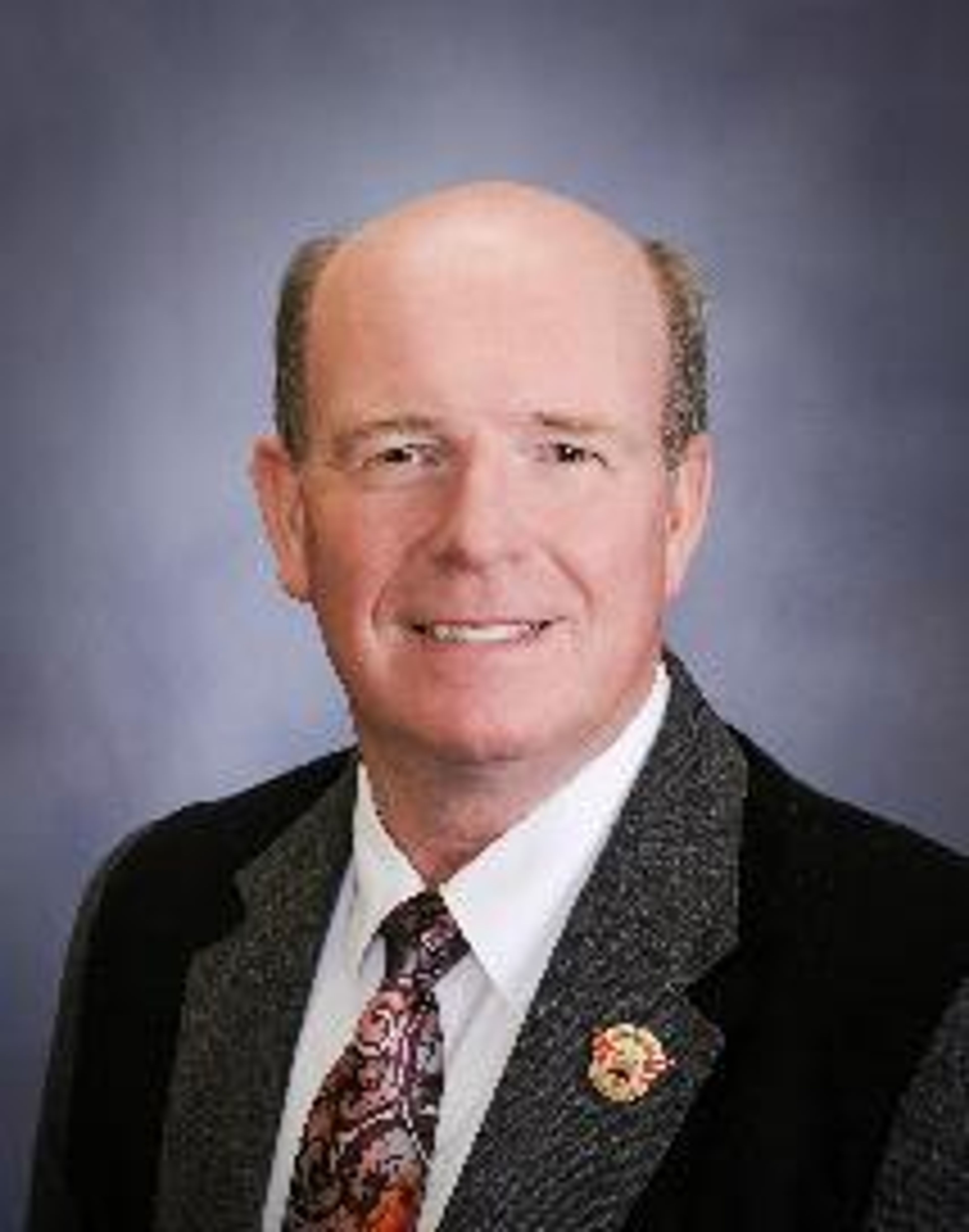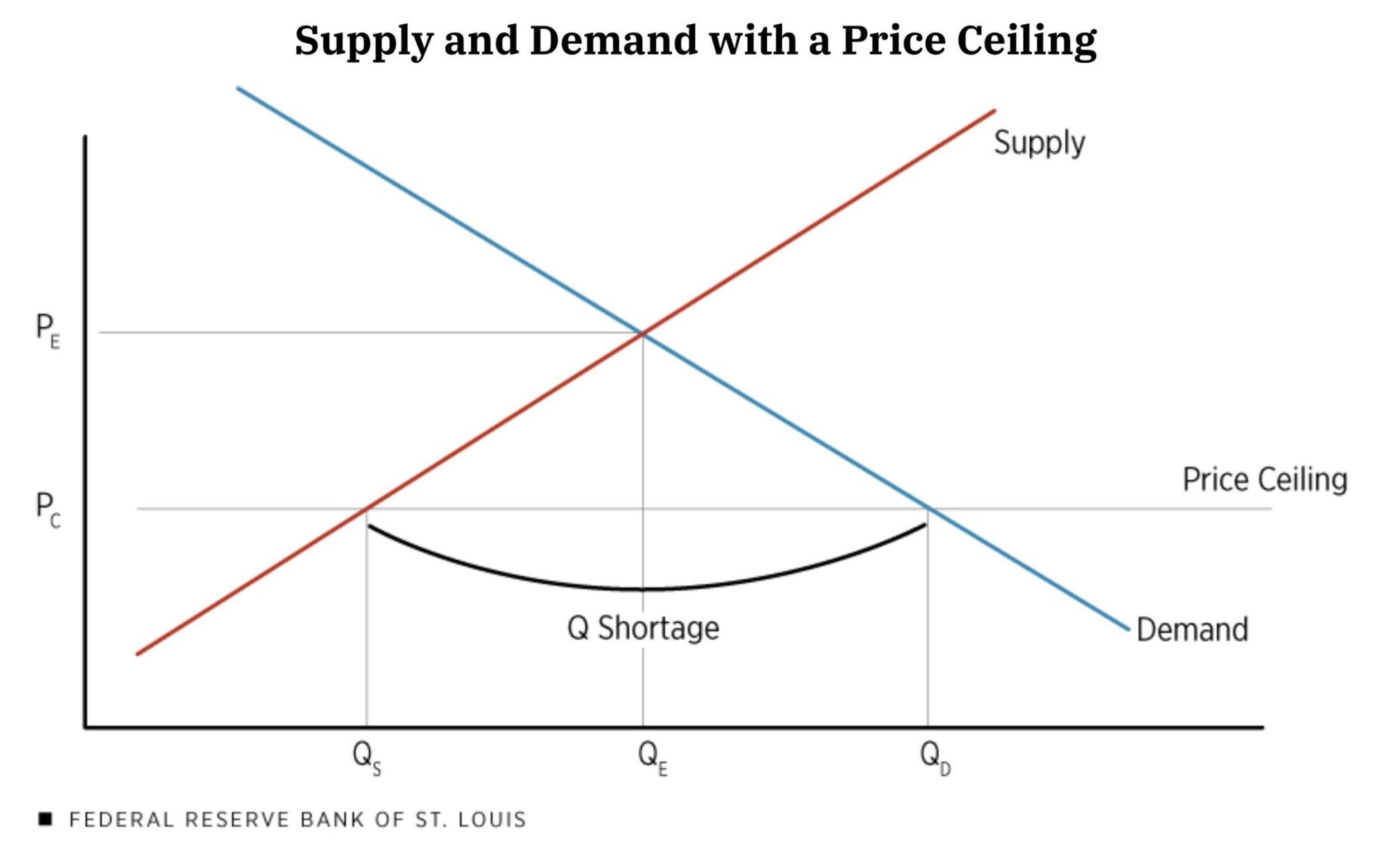Spokane-Coeur d’Alene housing market is booming, sending prices skyrocketing
SPOKANE — The way Darin Watkins sees it, the real estate boom in the once-sleepy Spokane metropolitan area is a numbers problem. Far too many people are moving in, far too few homes are being built and prices have skyrocketed.
Half of renters in Spokane County want to buy a house, but they can’t find one, said Watkins, government affairs director for the Spokane Association of Realtors.
“We’re at the lowest level of inventory in the history of Spokane County,” he said.
In May, the Wall Street Journal/realtor.com Emerging Housing Markets Index ranked Coeur d’Alene part of this combined metropolitan statistical area, as having the fastest-rising home prices in the nation. Spokane County came in at No. 5.
It’s an astonishing development in an area that had long languished behind the glitter of the booming Seattle area. It illustrates how many people are moving out of crowded coastal cities seeking cheaper land and an easier lifestyle in secondary cities, Watkins said.
The COVID-19 pandemic only accelerated the trend as millions of people found they could work effectively from home without going to an office. “There are a lot of portable jobs,” Watkins said.
The phenomenon has also led to housing booms in other cities in the inland West, such as Bozeman, Montana, and Boise.
High prices may pose little problem for people selling million-dollar homes in California and moving north, but it’s a major issue for homebuyers stuck in low-wage cities like Spokane and Coeur d’Alene, Watkins said.
Of the roughly 200 homes for sale in Spokane County in any given week, only about five are priced under $300,000, Watkins said. In 2015, the average home in Spokane cost $179,000.
The high prices have also put pressure on the rental market, leaving the area with a vacancy rate of less than 1 percent, according to the University of Washington’s Center for Real Estate Research. In King County, which includes Seattle, the vacancy rate was 7.1 percent of apartments.
As a result, rental costs have also skyrocketed.
“It creates a two-caste system,” Watkins said of the rising housing costs. “The haves are happy with their home equity growth.”
But for lower-income people, “their costs keep going up,” he said.
“Poor people, minorities, are under-represented in the home ownership model,” Watkins said.
Ben Stuckart, executive director of the Spokane Low-Income Housing Consortium, has called on the city of Spokane to declare a housing state of emergency.
On the other end of the spectrum, Coeur d’Alene, built along the shores of a beautiful lake, has boomed as a destination for the rich and famous, and well-off retirees. A custom luxury estate just steps away from Lake Coeur d’Alene is currently on the market for $27 million, making it the most expensive home listed in Idaho.
But it’s not all rich people drawn to the region. Amazon has added about 4,000 jobs in the Spokane area in the past year, and it plans to add 1,000 more. Other employers are also expanding. But many jobs don’t pay well enough to afford a home, Watkins said.
An issue is Washington state laws that sought to limit urban sprawl by concentrating housing largely within existing boundaries, Watkins said. Those laws were enacted three decades ago as the population of the Seattle area surged thanks to the high-tech boom.
Those laws need to be revisited so builders can start erecting needed homes, Watkins said.
Spokane County is short about 32,000 housing units right now, while one in five houses sold in Spokane County is selling for cash, he said.
The Spokane-Coeur d’Alene area has more than 745,000 residents and is ranked 71st among combined metro areas in the nation, between Lexington, Kentucky, and Syracuse, New York. The population is expected to continue growing in the metro area in the next decade.
Grant Forsyth, the chief economist for Avista, the region’s primary electrical utility, pointed to a lack of home construction since the recession of 2008 as a major contributor to the rising home prices. He also cited very low interest rates and a pandemic-spawned desire among people to own their own homes.
He noted the United States as a whole is barely growing in population, at less than half a percent a year. But Spokane is growing at 1 percent and Coeur d’Alene about 2 percent per year.
“Compared to the rest of the U.S., we are growing quite rapidly,” Forsyth said.












